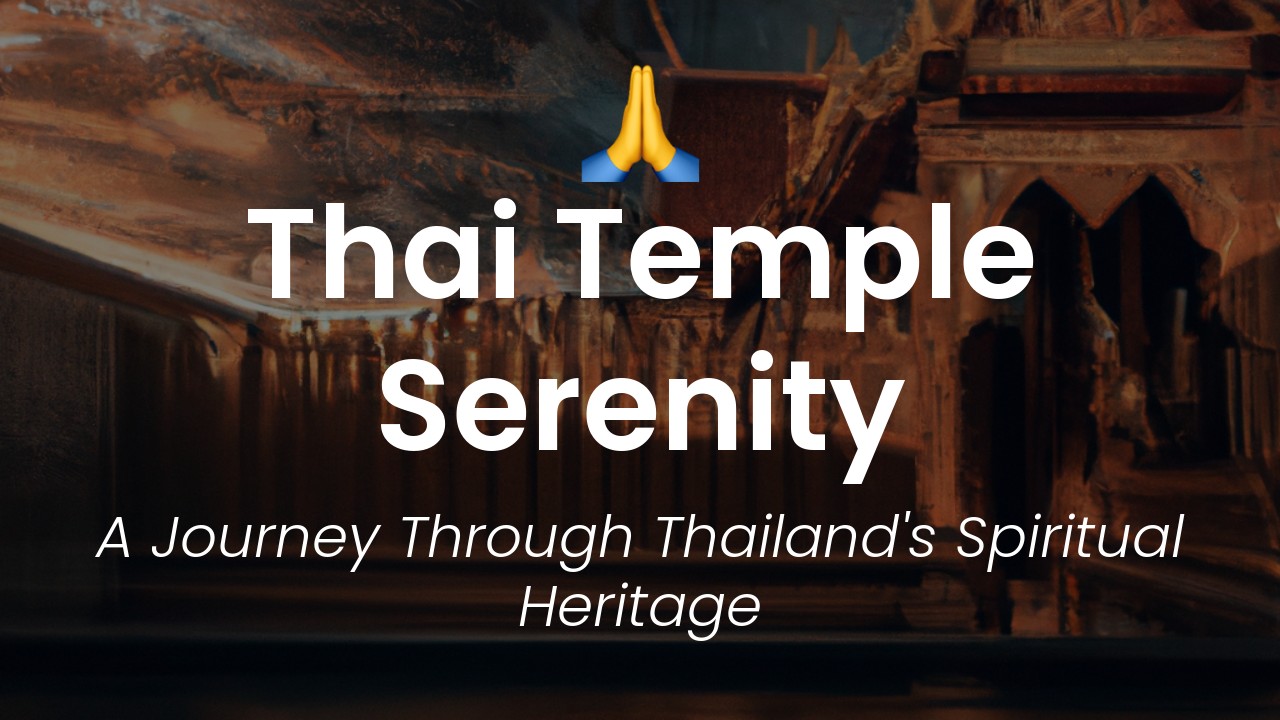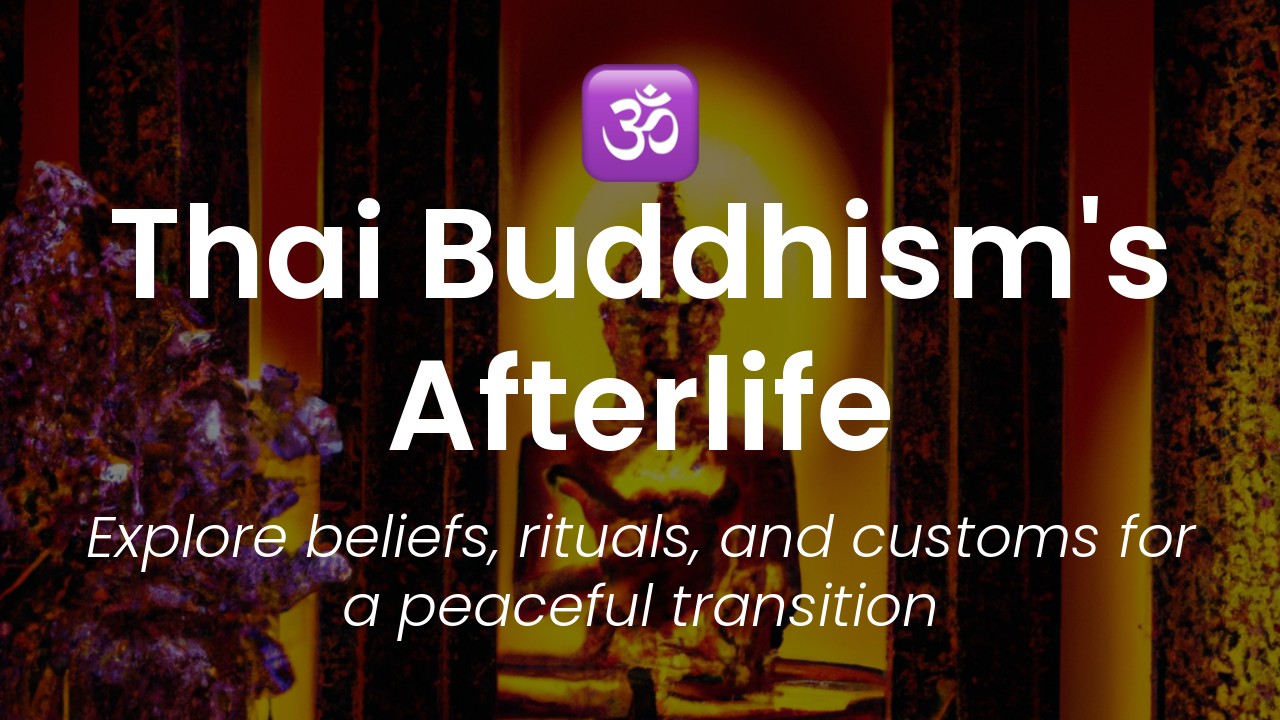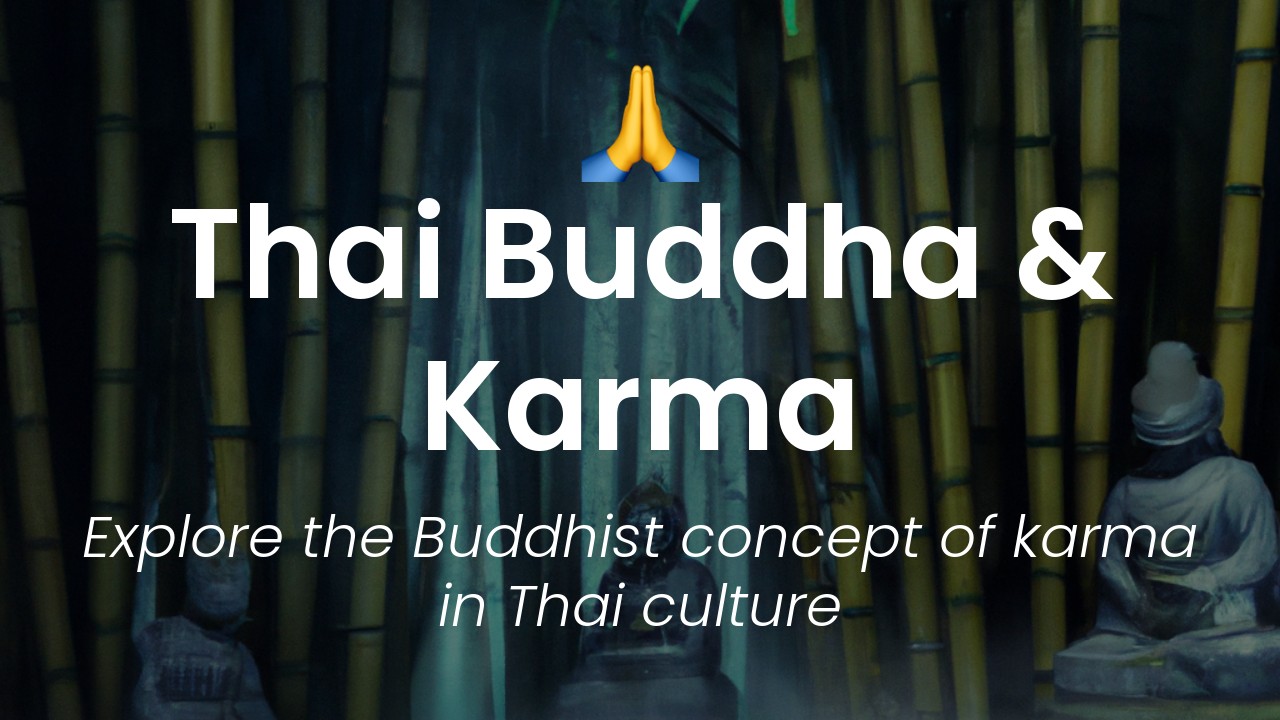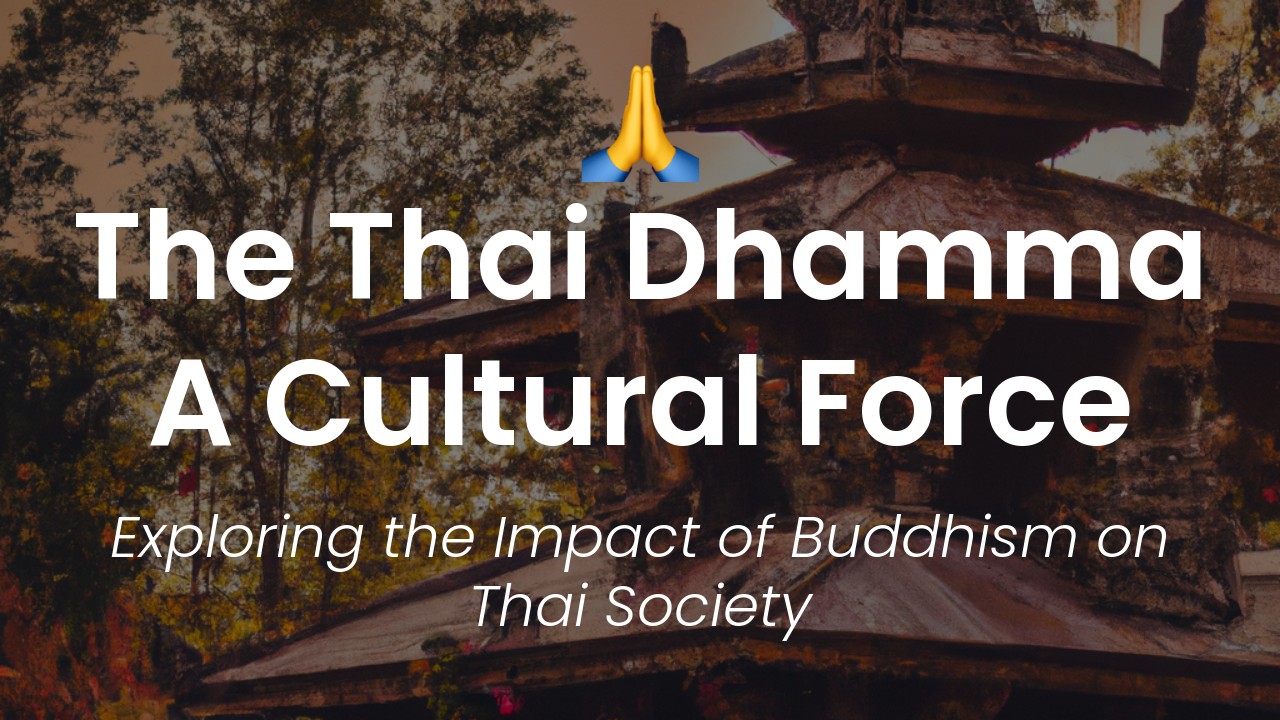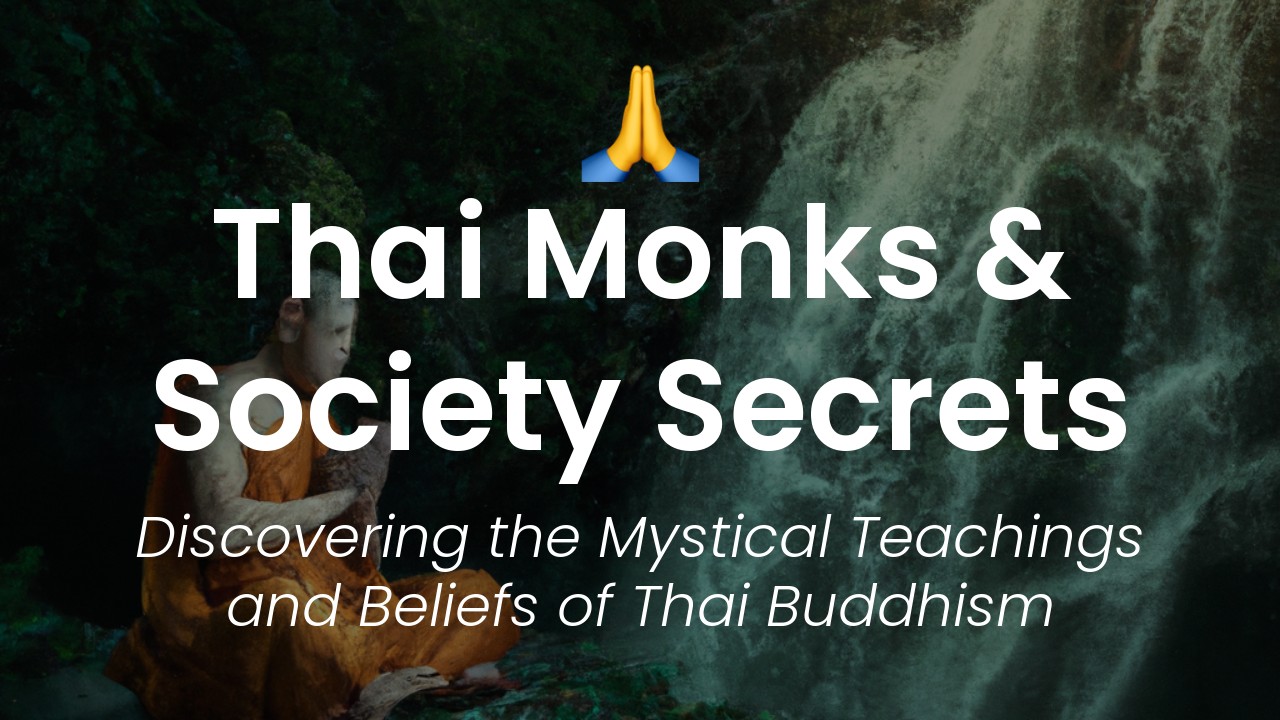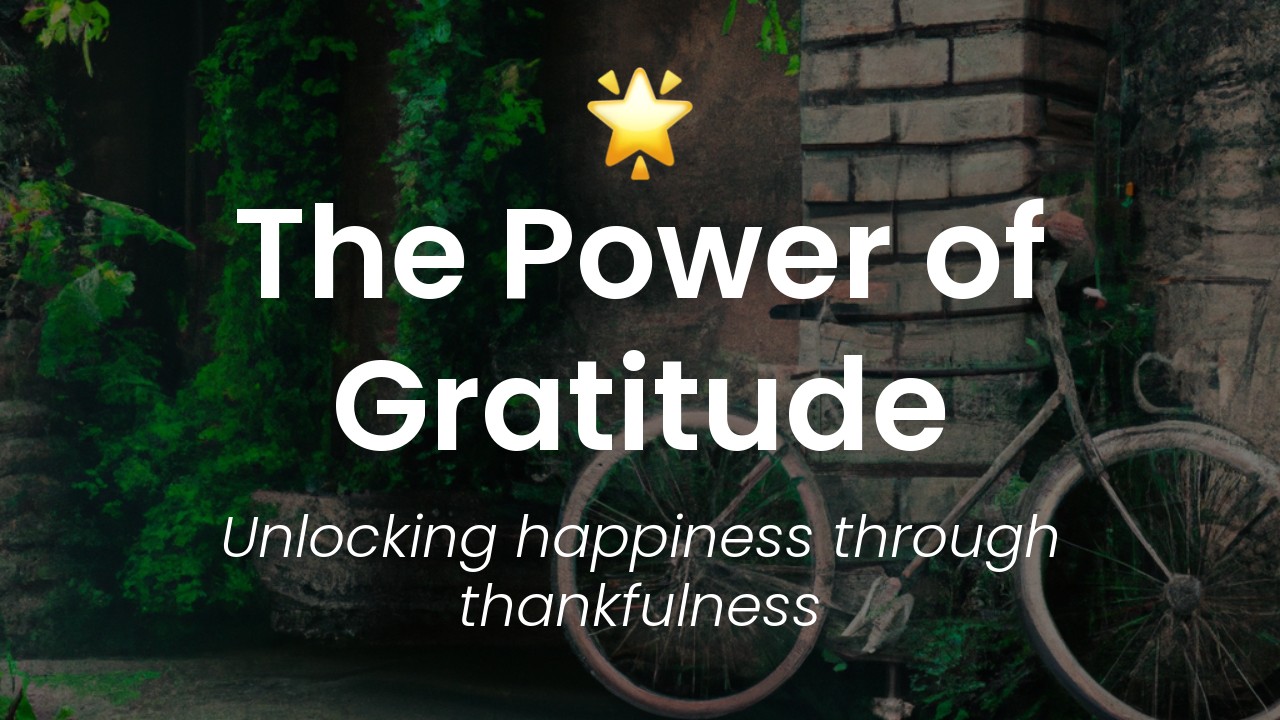As a Thai citizen, I've always been fascinated by the culture and heritage of my country. Thai culture is a unique blend of ancient beliefs, traditions, and customs that have been passed down from generation to generation. One of the most iconic and prominent aspects of Thai culture is Buddhism, which has been a part of Thai society for more than 1,000 years.
As a Buddhist country, Thailand boasts an impressive array of temples and shrines, each with its own unique architectural style, cultural significance, and history. As a devotee of this religion, I have always found peace and serenity in visiting these temples as they offer a peaceful escape from the hustle and bustle of everyday life.
In this article, I'd like to share some of my favorite temples in Thailand that have left me in awe of their beauty, serenity, and architectural magnificence. I'll be taking you on a virtual tour of some of the most enchanting temples in Thailand: places that have a unique ambiance, steeped in history, and a remarkable tradition of Buddhism. Whether you're a tourist or a local resident, exploring these temples allows you to connect with the country's intrinsic spirituality, local customs, and rich culture, making for an unforgettable experience.
Buddhism in Thailand: A Brief Overview
Buddhism, the fourth largest religion in the world, originated in ancient India and is based on the teachings of Gautama Buddha. In Thailand, it is the predominant religion and plays a significant role in Thai life and culture. According to a 2015 survey, about 94% of the Thai population identifies as Buddhist.
Buddhism in Thailand is known as Theravada Buddhism, which focuses on the teachings of the Pali canon and emphasizes personal spiritual practice. Thai people have adapted Buddhism and integrated it into their everyday life, creating a unique blend of beliefs and practices.
Thai Temple Architecture & Art: Intricate Designs & Symbolism
Buddhist temples, also known as Wat, are an essential part of the Thai cultural landscape. They are not only religious sites but also serve as community centers, educational institutions, and tourist attractions.
Thai temple architecture is known for its intricate designs and symbolic representations. The temples often have a central prayer hall, surrounded by a courtyard, and multiple buildings housing monks, meditation halls, and libraries. The roofs are adorned with curved and pointed ends and decorated with colorful mosaics or intricate carvings.
Inside the temples, visitors can see impressive artwork and ornamental details. Murals covering the walls and ceiling often depict scenes from the life of Buddha or stories from Buddhist mythology. Statues of Buddha, often placed in the central hall, are also a common sight.
Meditation & Mindfulness: A Daily Practice at Temples
Meditation and mindfulness are essential practices in Buddhism, and Thai temples offer a peaceful space for anyone looking to practice. Meditation, known as "Jhana" in Thai, is a technique that involves focusing the mind on a particular object or sound to improve concentration and promote inner peace.
Many Thai temples offer meditation classes for both locals and tourists. These classes often include guided meditation and instruction on breathing techniques, posture, and mental focus.
Meditation can be challenging for beginners, but it can have significant benefits such as reducing stress, improving immunity, and increasing mental clarity. It is also an integral part of Buddhism, and practicing it in a temple can bring a sense of calm and serenity.
Chanting & Offerings: Participating in Temple Traditions
Chanting and offering are integral parts of Thai temple traditions. Chanting, also known as "Buddha's teachings," involves reciting verses from the Pali Canon or other Buddhist texts. The purpose of chanting is to focus the mind, cultivate gratitude, and connect with the Buddha's teachings.
Visitors can participate in chanting sessions at Thai temples, usually in the early morning or late afternoon. Chanting sessions can vary in length and can involve multiple participants or only the monks.
Offerings, known as "Tam Boon" in Thai, are another essential temple tradition. Visitors can bring offerings such as flowers, incense, candles, or food to the temple as a sign of respect and gratitude. The offerings are often presented at the feet of the Buddha statue or on a designated altar.
Thai Festivals & Ceremonies: A Celebration of Buddhism
Thai festivals and ceremonies are an essential part of Thai culture and often center around Buddhism. Buddhist holidays such as Visakha Bucha Day, Asalha Bucha Day, and Khao Phansa Day are national holidays and celebrated in temples across Thailand.
Some of the most famous festivals include the Loy Krathong and Songkran festivals. Loy Krathong, also known as the Festival of Lights, is a celebration of the full moon in November. People make offerings in the form of floating lanterns or Krathong, which are basket-like objects made from leaves, to honor the water goddess.
Songkran, the Thai New Year's Festival, takes place in mid-April and is celebrated across the country with water fights and merit-making activities in temples. The festival is about washing away the past year, purifying oneself, and welcoming in the new year with joy and positivity.
Recommended Temple Visits: From Bangkok to Chiang Mai
Thailand has thousands of temples, each with its unique charm and significance. Here are a few recommendations for temple visits in different regions of the country:
- Wat Phra Kaew and the Grand Palace in Bangkok: Home to the Emerald Buddha and one of the most significant temples in Thailand.
- Wat Pho in Bangkok: Home to the reclining Buddha, a massive golden statue measuring 46 meters long.
- Wat Arun in Bangkok: Known as the Temple of Dawn and famous for its stunning architecture and impressive views of the city.
- Wat Phra That Doi Suthep in Chiang Mai: A temple complex located on a mountain overlooking the city and known for its impressive golden stupa.
- Wat Chedi Luang in Chiang Mai: A temple complex with a massive ruined stupa that was once the tallest structure in Chiang Mai.
Temples & Thai Society: A Reflection of Culture & Values
Thai temples are much more than just religious sites; they reflect Thai culture and values. They provide a sense of community and a space for spiritual practice and personal growth. They are a symbol of Thai pride and are an essential part of the national identity.
Visitors to Thailand can experience the richness of Thai temples and Buddhist traditions while gaining insight into a culture that values inner peace, harmony, and kindness. Whether you participate in meditation, chanting, or simply explore the beautiful architecture and artwork, the temples of Thailand offer a unique window into a fascinating culture and way of life.

